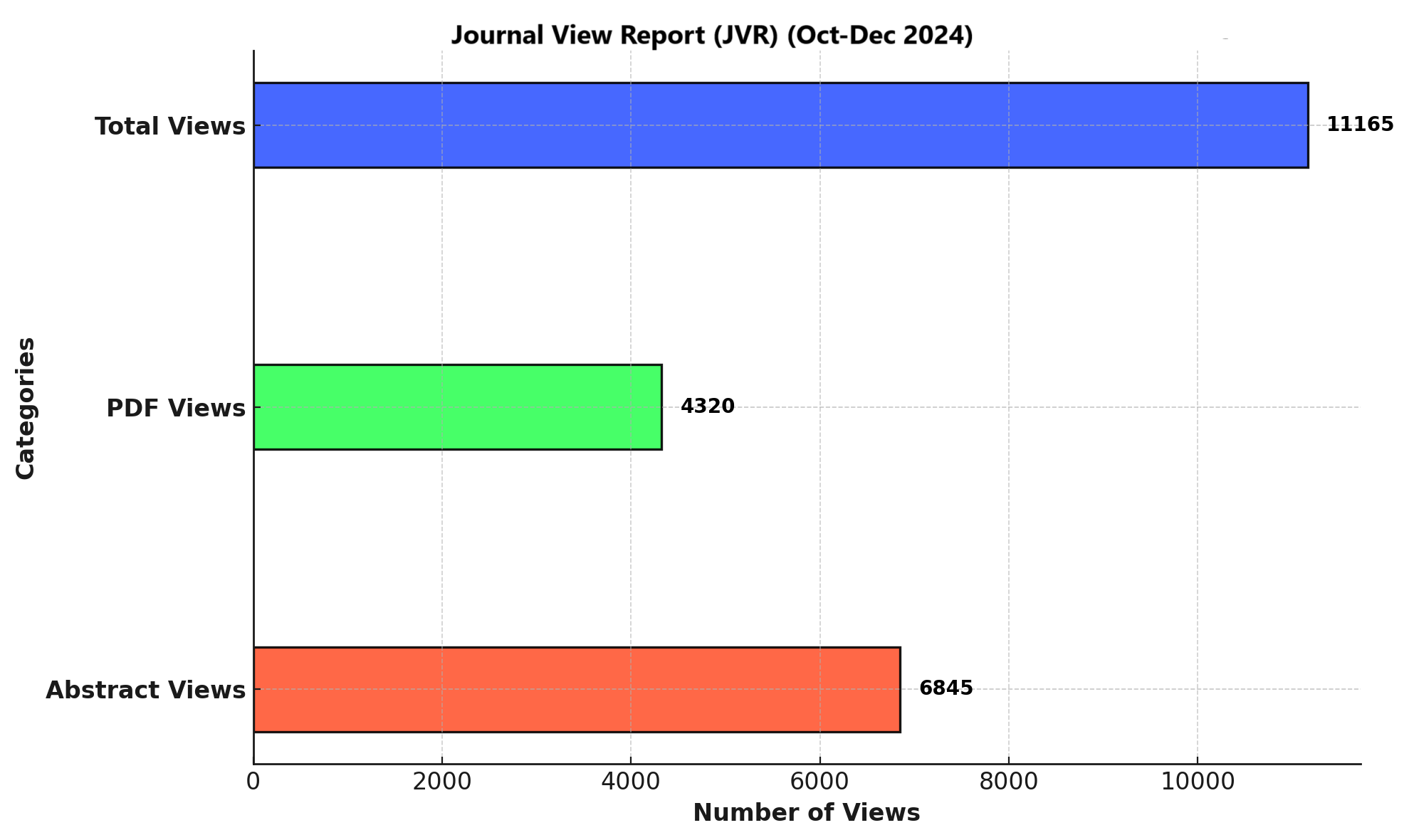DIAGNOSTIC ACCURACY OF COLOR DOPPLER SONOGRAPHY IN EVALUATION OF RENAL TRANSPLANT REJECTION TAKING HISTOPATHOLOGY AS GOLD STANDARD
DOI:
https://doi.org/10.71000/ijhr108Keywords:
Color Doppler, Diagnostic accuracy, Histopathology, Predictive value, Renal transplant rejection, Sensitivity, SpecificityAbstract
Background: Renal transplant rejection occurs when the recipient’s immune system identifies the transplanted kidney as foreign, leading to immune-mediated injury. Timely and accurate diagnosis is essential for preserving graft function and improving patient outcomes. Color Doppler sonography, a non-invasive imaging technique, has shown promise in detecting hemodynamic changes indicative of rejection. However, its diagnostic accuracy compared to histopathology, the gold standard, remains under investigation.
Objective:
To determine the diagnostic accuracy of Color Doppler sonography in evaluating renal transplant rejection, with histopathology as the gold standard.
Methods: This cross-sectional validation study was conducted in six months starting from 1st July 2024 and sample size was achieved in October 2024, at the Department of Radiology, PAF Hospital Islamabad. A total of 226 patients, aged over 20, with clinical diagnoses of renal transplant rejection were included. Exclusion criteria encompassed primary non-functioning transplant kidneys, prior renal artery interventions, glomerulonephritis, renal tumors, active urinary tract infections, and pregnancy. Color Doppler sonography results were recorded alongside histopathological findings. Statistical analysis was performed using IBM SPSS version 26, calculating sensitivity, specificity, diagnostic accuracy, positive predictive value (PPV), and negative predictive value (NPV) for Color Doppler sonography.
Results: The mean age of participants was 38.31±11.61 years, with a mean transplant duration of 4.31±1.89 months and a mean BMI of 29.85±2.78 kg/m². Color Doppler sonography showed a sensitivity of 71.3%, specificity of 71.2%, diagnostic accuracy of 71.2%, PPV of 61%, and NPV of 80%.
Conclusion: Color Doppler sonography is a valuable tool for evaluating renal transplant rejection, though complementary approaches with histopathology are recommended for comprehensive assessment.
Downloads
Published
Issue
Section
License
Copyright (c) 2024 Nayab Khan, Muhammad Nafees, Muhammad Ishaque Chohan, Zahid Nabi, Abdus Salam, Abdul Qadeer, Sohaib Khalid, Muhammad Faheem Shahzad, Najam Farooq, Ishtiaq Ahmed (Author)

This work is licensed under a Creative Commons Attribution-NonCommercial-NoDerivatives 4.0 International License.







